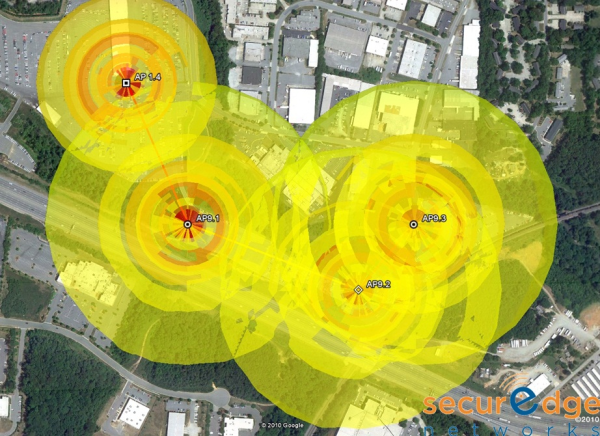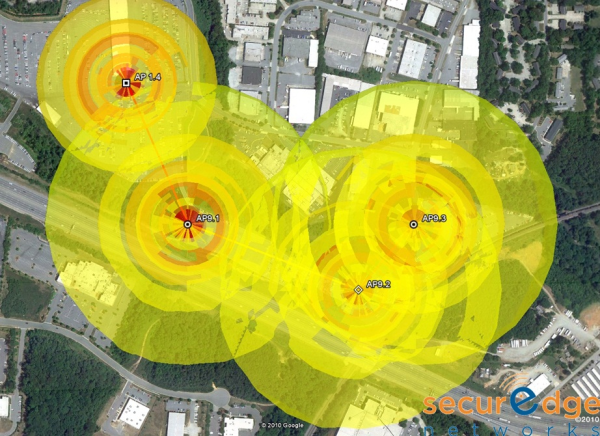
With the economy continuing to push spending cutbacks across both government and the private sector, people are looking for a way to cut the monthly data fees from rented fiber and the 3/4g cards.
Outdoor Mesh networks are a great answer to this problem. Outdoor Mesh Networks provide high-speed connectivity for video surveillance cameras, monitoring systems, automatic meter reading, IP voice, and more.
How does Outdoor Wireless Mesh work?
What is a Wireless Mesh Hop?
Access points, or AP's, are deployed and talk with each other to transmit data back to a central point. Each time an AP has to go through another AP to get the signal back to a central point ½ of the speed is lost. This process is called a “hop”.
Example: if you had an AP hard-wired and it was connected to an AP at a press box, that AP would only be ½ the speed as being connected to the hard-wired AP. This is the reason you don’t find traditional wireless mesh networks with more than 2-3 hops.
Traditional wireless mesh networks lose bandwidth for each hop, but new outdoor wireless mesh technology has the loss at only 7% per hop. This means coverage areas are getting a lot larger, and the amount of devices on the network can be greatly increased.

Who uses Outdoor Wireless Mesh Networks?
Municipal departments, like Police departments, for example, have IP cameras in cars with live feeds to the dispatch station. With Outdoor Wireless Mesh, Police no longer have to use air cards and can upload their video data without traveling back to the station.
Businesses use a lot of handheld devices, which are considered an asset in the business world. They can reduce human error, keep better inventory records, and organize countless amounts of data. Those same devices are oftentimes held back by their connection or lack thereof.
An outdoor wireless mesh network will allow for connectivity in remote locations, shipping yards, car lots, airports, and warehouses. Businesses benefit because workers no longer have to take handheld devices and wait for them to upload where they get a signal, or pay a monthly fee for cell service. Having a high-speed connection allows for more data to be collected; with real-time location services, IT administrators can know where everyone is at all times.
Colleges and Universities also benefit by providing their on-campus WLAN to off-campus buildings. Schools often purchase buildings within a few miles of their campus for student housing. The cost of supplying internet through a subcontractor to the off-campus building can be astounding. An outdoor wireless mesh network can span miles across, providing off-campus buildings with wireless connectivity.
Here is a good analogy that breaks down the traditional MESH network:
My drive home every day involves 8 turns. Think of each turn as a wireless mesh "hop" which reduces my speed in half. I need to arrive home at a minimal 1mph and my starting speed is 60 mph. Will I make it?
The answer is no (.23 mph), and that is what has stopped traditional Wireless Mesh networks in the past. New technologies have wireless mesh hops losing 7% bandwidth per hop. So my same drive home would end at 3.46 mph instead of .23mph. More than likely I am not going to be making many friends after the 3rd turn, but you get the point.






